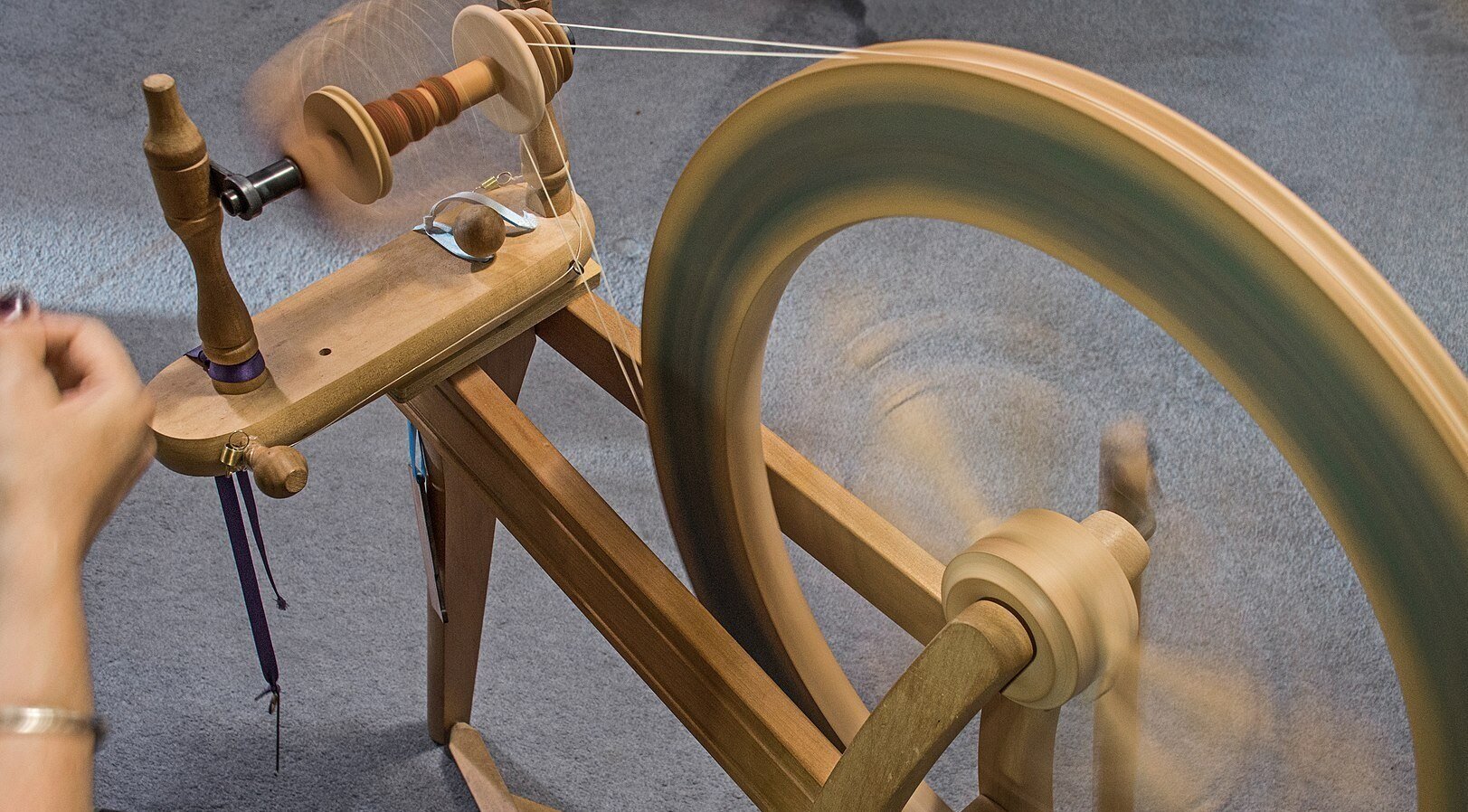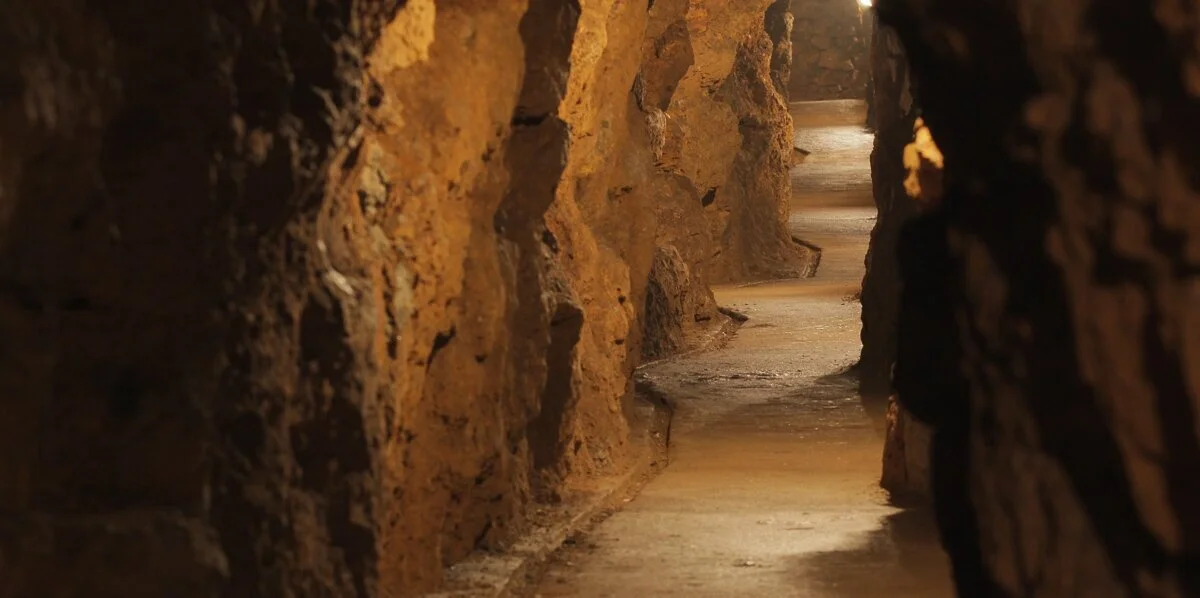Beer Without Beards
Earlier this year, Heineken released a commercial titled “Cheers to all,” featuring scenes of servers erroneously delivering cocktails to women who ordered beers and beers to men who ordered cocktails. These servers’ mistakes, while buoyed by market research, reflect gender stereotypes in alcohol consumption that cast cocktails as “girly” while beers are for “cracking open a cold one with the boys.”
Heineken is not alone in playing up the masculinization of beer consumption in its marketing: the Lagunitas girl poses for the male gaze, crass names such as “Panty Dropper” and “Easy Blonde” adorn beer bottles, and commercials objectify scantily dressed women. As an industry that has marketed itself primarily to men, it comes as no surprise, then, that men also dominate the brewing industry.
While both the production and consumption of beer have become masculinized over the past few centuries, the longer history of beer tells a different story. For millennia after the invention of beer, women were the first brewmasters in many societies and, in some places, the first tavern owners. Only after brewing became a profitable endeavor did men claim the industry as their own by leaning on existing patriarchal constructs and introducing new ones. Centuries later, however, the craft beer industry is emerging as an avenue for women to engage as both beer makers and beer drinkers.
“For millennia after the invention of beer, women were the first brewmasters in many societies and, in some places, the first tavern owners.”
Artifacts from ancient Sumerian civilization suggest that beer brewing began as early as 3500 BCE. Beer was such serious business for Sumerians that Hammurabi’s Code included laws governing the production and distribution of beer. These laws specifically referenced women when describing the punishments tavern owners could face for legal violations, implying that most, if not all, tavern owners were female. Its classification as a domestic chore and a woman’s responsibility wasn’t unique to Sumerian society; later Egyptian and European civilizations would also consider brewing a domestic responsibility.
In medieval England, women brewers played such a vital role in society that there were specific terms for them, such as “alewives” and “brewsters.” Since milk, water, and other beverages were either unsanitary, expensive, or limited, brewsters produced large quantities of ale—a form of beer brewed without the hops flower—for their families and sold extras to neighbors. When local officials recognized the opportunity for profit, they began imposing regulations and collecting fees. They introduced aletasters, who, as the name suggests, went around town and tasted ale to greenlight its distribution. Aletasters also had the jurisdiction to cite regulatory violations and adjust ale prices according to grain costs. Despite having a more intimate understanding of the brewing process than their male counterparts, brewsters found themselves subject to regulations written and enforced by men.
The long period after the bubonic plague brought broader social and economic changes that further pushed women out of the beer-making process. As greater wages and leisure time ultimately led to the establishment of pubs, brewers began to incorporate hops into the brewing process, which produced a beverage with a longer shelf life. Another change was the advent of brewing guilds, which were created to establish the prestige and status of the trade. Despite women’s prevalence in the craft, the rosters of brewing guilds were primarily composed of men; of the women who did join, most enlisted with their husbands. Existing brewsters struggled to compete with these new establishments, and by 1600, most breweries were owned by men.
Centuries later, men continue to dominate the brewing industry around the world. In the United States, only 20 percent of medium-to-large sized malt brewing companies are run by women. Women are underrepresented even in smaller craft breweries, which have had success in piquing women’s interests in beer and brewing. According to Brewers Association, an organization for small and independent craft brewers, production staff at craft breweries are disproportionately male, and 96 percent of breweries with a single owner are owned by men.
Challenges endure in how brewing is marketed as a career. Contemporary brewing has considerable physical demands, as has been documented in several first-hand accounts and made abundantly clear in job listings for brewers. A man who participates in a day of brewing at a Kentucky-based brewery describes an exhausting task in the brewing process: “bringing 55-pound bags of pilsner malt and flaked wheat […] from a dock at the other end of Fourth Street, a couple of blocks from the brewery.” Yet, these examples also make clear the use of technology—such as forklift operation—that would mitigate certain physical demands, thereby undermining any gendered assumptions of who is fit for these roles.
Marketing for brewing equipment play on these gendered assumptions to sell their product. In product catalogs, sample photos of equipment and its usage disproportionately feature men. While this under-representation of women merely implies male dominance, sometimes the masculinization is more explicit. In one equipment company’s marketing video targeting breweries, a husky voice opens, “Out here, we’re known for our beer and brew masters who love their craft more than their own beards. We share their same passion.”
Such marketing bias in brewing equipment may also reflect—and reinforce—design bias. Some have hypothesized that brewing equipment may have been optimized for usage by individuals with larger statures and builds. This hypothesis wouldn’t be far fetched, considering design bias has been found throughout history, in products ranging from initial printing technology to car seat belts to VR headsets.
Despite the challenges presented by masculinization and potential design bias, more women are entering the industry and making clear they are more than capable of mastering the craft. Some women have reported the brewing process to be, though difficult, manageable with proper training and safety precautions. Others have pursued higher education to bolster their candidacy for brewing roles technically where they fear they will not be taken seriously physically. Even if the contemporary brewing process and its equipment were in fact shaped by bias for male operators, it’s hopeful to learn there are paths women can follow into the field.
“Despite the challenges presented by masculinization and potential design bias, more women are entering the industry and making clear they are more than capable of mastering the craft.”
Craft beer offers a way forward for gender inclusivity for beer makers and beer drinkers. By producing unique flavors that appeal to consumers whose palates may have been previously neglected by Big Beer, the industry has broadened the number of women who see themselves as beer drinkers. The craft industry initially popularized sour beer, which a study by Nielsen later found women were 75 percent more likely to prefer than men. Some women in the beer industry have credited the unique offerings of craft beer for sparking their interests in beer and brewing. And craft beer organizations have begun to invest in increasing diversity and promote inclusive practices, as seen in the the Brewers Association’s 2017 rule prohibiting derogatory or demeaning brand names and labels. Women-owned breweries are popping up across the country, shifting the dynamics of the craft brew industry.
The history and disappearance of brewsters demonstrate patriarchy’s capacity to not only introduce but also sustain male dominance in a trade once considered “women’s work.” Sometimes efforts to diversify homogeneous industries focus on integrating underrepresented individuals into existing systems already shaped by a particular demographic’s dominance. Craft beer offers a compelling alternative: cater to a diverse audience, and support marginalized individuals as they forge their own paths using their unique strengths.
Image credit: Female workers roll casks of beer across the floor at a brewery in Cheshire, September 1918, “The Employment of Women in Britain, 1914-1918” (Wikimedia Commons | Public Domain)





